
|
|
Cellars and artificial cavities were created for many purposes throughout history. There are four distinct forms of formation.
The biggest problem is that people have made little or no effort in designing them for longevity.
Neither the socio-economic nor the technical possibilities existed in the old days. The men of the Middle Ages, and even of the Modern Age, did not plan ahead of any woman. Thus, the techniques and materials used were adapted to this - and yet, in some settlements, so much underground space has survived today, much more due to nature, the potential durability of the built-in materials, than the foresight of the people using them.
Buildings made for storage are typically found in wine producing areas (Balaton Uplands, Mátra, Bükk, Tokaj Mountains, Szekszárd and its surroundings). Not infrequently, they have been carved for hundreds of years, but due to frequent changes of ownership, economic ups and downs, many have been ruined and forgotten.
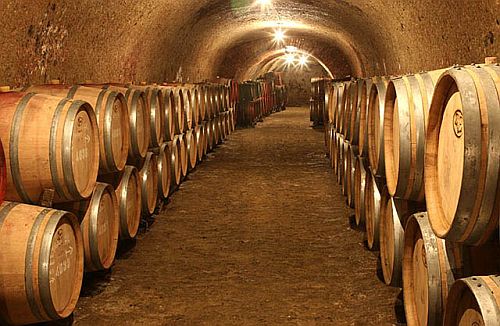
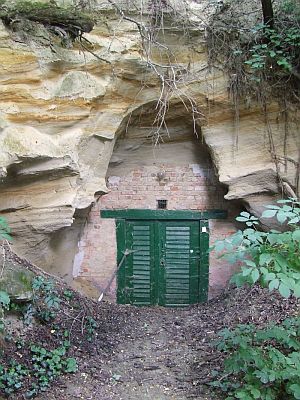
Caverns, which were created by our ancestors for the purpose of mining various building materials, were created as sources of material. In architecture, in the building industry, hard rock material was used as a building stone, high-quality sand (loess) for the production of loam, for mixing mortars, or as a mortar. as a filler. Our most significant building stone mines can be found in the vicinity of the capital (Budafok, Nagytétény, Kőbánya, Diósd, Érd) and the Bükk-bottom (Szomolya, Egerszalók, Andornaktálya, Eger etc.). In the previous area, limestone was mined, while in Borsod, in Heves, volcanic tuff was mined from underground reservoirs and cuts. Such passages, cavity systems, have caused the most significant problems in recent decades.
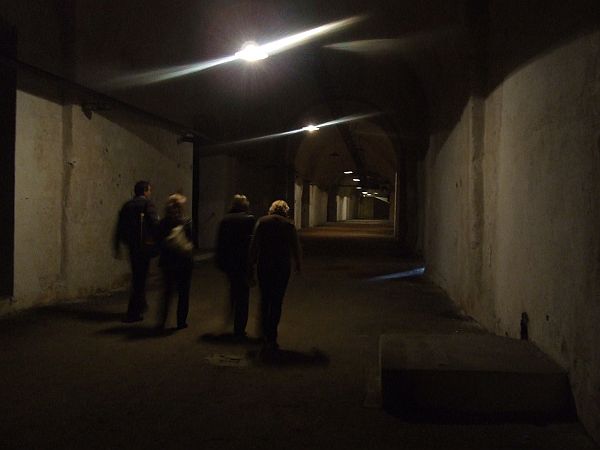

The cellars formed during the mining of loess soils have collapsed due to the poor stability of the loess, but there are still hidden, forgotten caverns in these places.
In many parts of the country, we encounter subterranean passages that once served a purpose in defense. The role of Eger or Buda in the wars is well known, but there are many cellar passages for these reasons in Veszprém or Szekszárd and its surroundings.
The caverns that were once converted for residential purposes cause a very special problem. They originally functioned as mining sites or storage areas (cellars), and later became habitats. But there are also well-designed cavities in Hungary (eg Szomolya, Sirok, Budafok, Mizla, Ozora, Simontornya, Balatonkenese). Families still live underground in many places today. Read more about the cave dwellings here.
The caverns that were once converted for residential purposes cause a very special problem. They originally functioned as mining sites or storage areas (cellars), and later became habitats. But there are also well-designed cavities in Hungary (eg Szomolya, Sirok, Budafok, Mizla, Ozora, Simontornya, Balatonkenese). Families still live underground in many places today. Read more about the cave dwellings here.
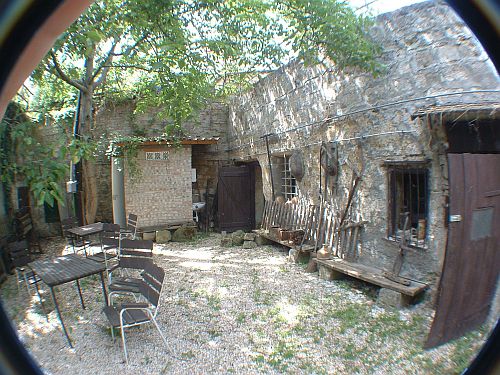 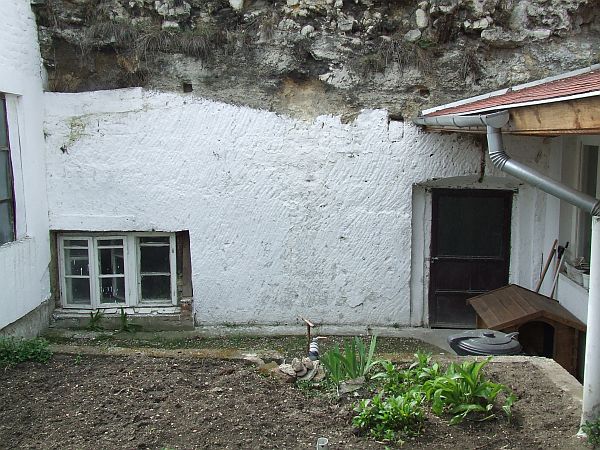
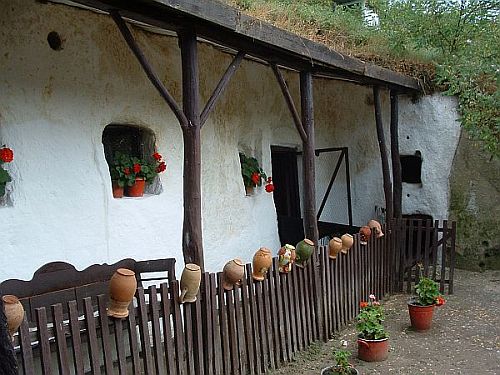
In a different way and for the reasons above, a cavity system of approximately 18000 m2 under the Buda Castle was developed. It is unique in that man transformed the existing natural caverns and caves for his own use, which first became a storage space and then for centuries an important protection facility.
There are separate chapters on the cellars and caverns endangering the capital areas (Buda Castle, Kőbánya, Budafok) and the related emergency work.
It is worth mentioning, however, the formation of a city, namely the cellars under the Eger. The reason for this is that here we can see every possible reason for the formation of cellars and underground passages. On the other hand, because Eger is a settlement which, from the earliest times (from the 17th and 18th centuries), has detailed and accurate surveys and documents about the cellar passages under the city.
For the first time in Eger people built their cellars to store wine. Not only was there a place to store wine made from grapes grown in the area, but also a vine that had been cast as a church jew. There was a year when more than 170,000 acres of wine were stored in cellars under the city, which translates to more than 90,000 hectoliters. This amounts to more than 30,000 barrels a year, so it is understandable that huge cellar systems had to be built. The Turkish occupation continued with the wine trade.
During the siege and after the Turkish era, immense building materials were needed. The fortifications of the castle, the houses and palaces of the episcopal seat were all made of stone beneath the city. The stone was mined from underground mines, and when the underground stone ran out, they continued quarrying around the city. Meanwhile, the city was expanding and slowly rising above the former quarries.
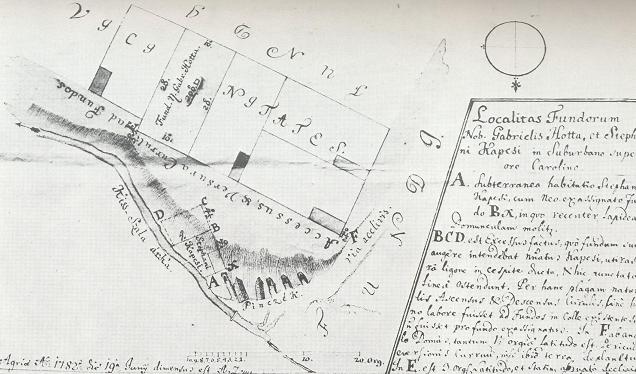
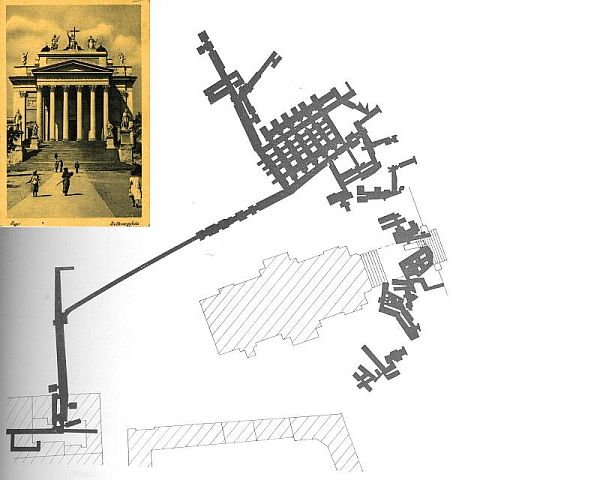
But in Eger, cellars were also made for housing purposes: the inhabitants of the demolished houses, hundreds of poor people lived underground, and many people working in wine-growing and wine-making also lived underground. Eger has more than 120 km of cellar systems.
The city is also interesting in terms of cellar risk prevention, because here you can find all the rocks in Hungary where you have once dug a cellar, storage room or apartment. This is the next chapter ...
|
Contact me


